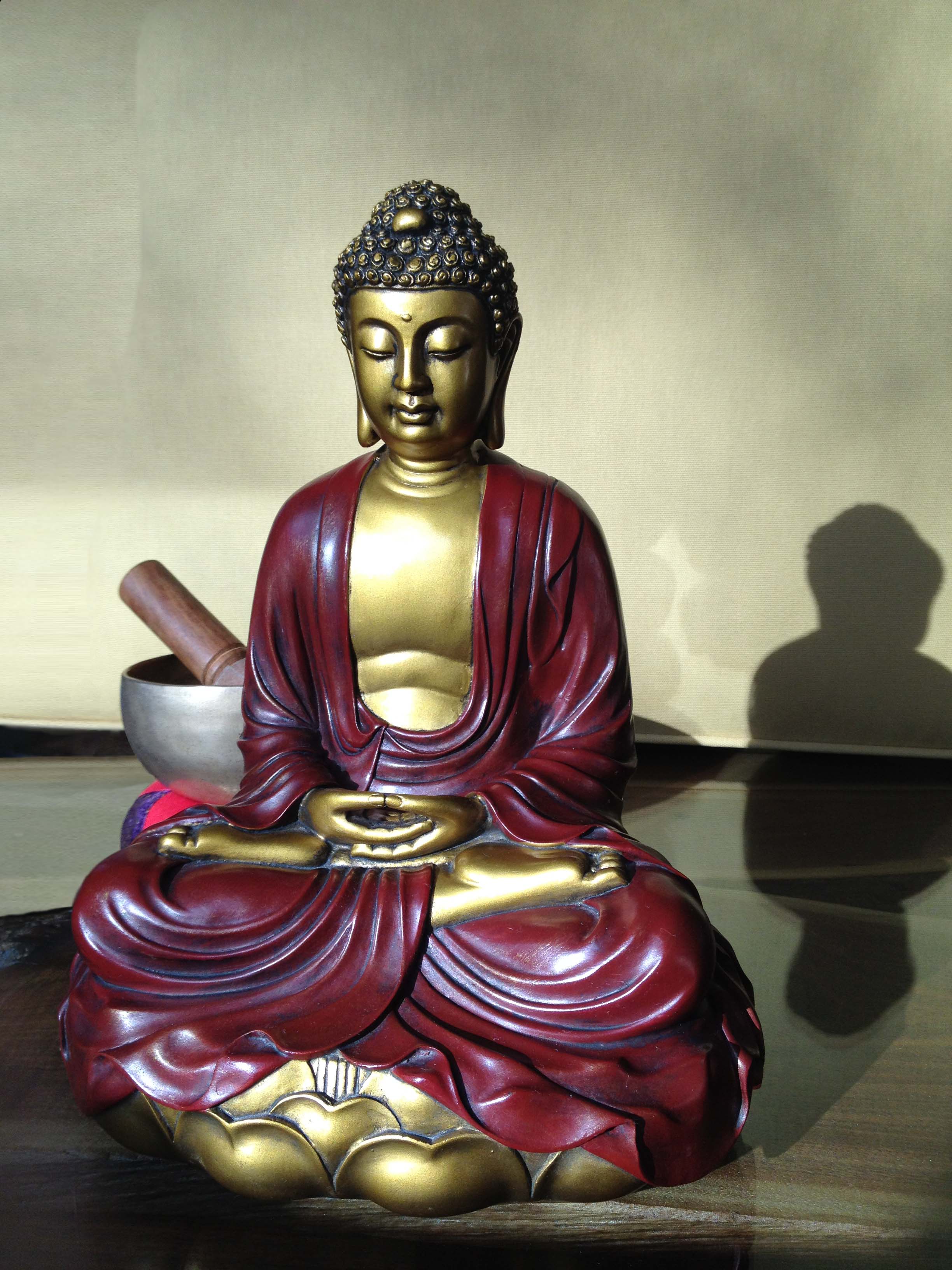
I think as Black-bodied people we are moving in the world in a hypersensitive way, and we know the consequences of being angry outwardly, and we know how we can be policed, and that policing actually puts our life in danger. So it’s been hard to work with my own anger just because I am so busy trying to convince other people that I’m not angry when I’m not angry, that when I am actually angry it’s like, oh no, this is exactly what other people are scared of. My experience as a Black woman is that often I’ll be expressing some other kind of emotion like excitement or sadness or fear, and people will say, Oh, you’re angry, you’re angry and that can be so hurtful. KJ: Yeah, when you said that about teachers coming to you and saying, I see your anger, it’s such a sensitive place because…. That began this process that led into depression for me, and I think that I was so hesitant to externalize anger because externalizing anger as a Black man was dangerous. I had redirected it, and deeply internalized it. LRO: What I began to see that anger was deeply turned around, like I wasn’t acting angry.

KJ: What was the relationship between the anger and the depression? But as I moved out of my early twenties, I began to see what people were talking about, and for me, clinical severe depression was really the first time that I began to understand the impact of anger in my experience. LRO: Yeah, it was so ingrained, like anger was so much a part of my life, and I was heavily in activism so it was really fueling something for me.

Kate Johnson: That reaction to being told you were angry.

I would be like, Fuck you, and I couldn’t see that reaction as an expression of anger. People would come and sit me down, and they would be like, This is what I’m seeing. They were coming to me saying, “Rod, I think you have a problem with anger.” I couldn’t see it it was so normalized for me. Actually, there were senior practitioners that I was around who were coming to me initially, before I really had a practice. Lama Rod Owens: I would say anger was really the first material I had to work with, that began my practice.


 0 kommentar(er)
0 kommentar(er)
